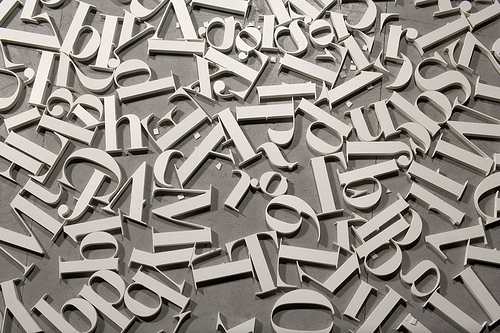These are the slides and notes from the lightning talk I gave at the CAA 2015 session “Doing Digital Art History: Reflections on the Field”, an overview of the work done at the 2014 summer institutes sponsored by the Kress and Getty Foundations.
See the underlying data and processing code here.
This project is an interesting example of one where the research question was not only enabled, but fundamentally inspired by museum data. The Rijksmuseum has about 1,000 images (mostly prints, like this, from a series by Claes Visscher) depicting specific locations in Amsterdam between 1550 and 1750. Amsterdam expanded rapidly during this period. Successive fortifications and ring canals were built out from the medieval core of the city. My core question is this: how did artists react to this periodic expansion? Did they turn their attention immediately towards new construction, or focus on old areas of the city, or some combination of both? Was it possible to design an experiment that could use the Rijksmuseum data to explore this question?
Read the full post here.
